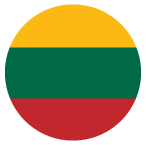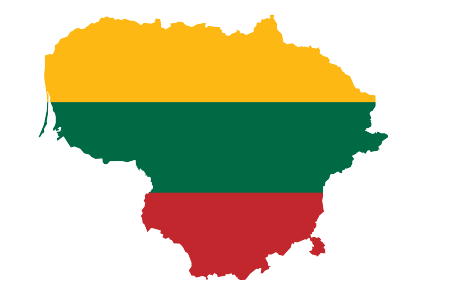Lithuanian Translation Services

Language History
The Lithuanian language belongs to the Baltic group of the Indo-European languages. The Baltic languages were widely spoken until the 15th – 19th centuries. After that, Lithuanian continued to be spoken by “peasants” in the area, while more “prestigious” citizens used German or Polish.
The Baltic languages were restored by the 19th century National Revival even though it was forbidden to print or speak Lithuanian under the Russian Imperial occupation. Linguist Jonas Jablonskis purified the language and established its modern orthography. Lithuanian was heavily influenced by Russian during under the Soviet occupations in the 1940s- 1990s, but following this era, Russian words were eventually omitted from the language.
There are approximately 3 million Lithuanian speakers around the world. Around 2.8 million speakers reside in Lithuania. (Source: mustgo.com)
Where is Lithuanian Spoken?

FACT
Did you Know?
Amharic is the second most spoken Semitic language in the whole
“This language is like the chirping of birds – beautiful, but not easy to imitate.” Anna, Poland
4 Easy Phrases in Lithuanian!
Population vs. Internet Penetration
Lithuania Population:
2,722,289
Internet Users:
2,599,678
Penetration:
90.8%
As of 2020. Source:
www.internetworldstats.com
FACT!
Lithuanian Translation Tips
• Nouns have 7 cases (as well as 2 more that are rarely used) – nominative, genitive, dative, accusative, instrumental, locative, vocative.
• There are 3 tenses (for verbs) and two genders in the Lithuanian language (masculine & feminine).
• The Lithuanian language has no articles.
• Lithuanian is a pro-drop language – e.g. pronouns are usually emitted as the verb form carries information about the person and number (source. Mustgo.com).
• Lithuanian sentences are structured using the Subject-Verb-Object order, but other word orders are possible, too.






